Industrial and Locomotive Cleaning Solutions does not sell Cleaning Systems. We sell Cleaning Products and provide this Blog for your reference.
Did you know that up to40% of industrial production slowdownsare directly caused by failures or inefficiencies in cleaning systems? For manufacturing plants, warehouses, or large-scale facilities, a single system issue can ripple through your entire operation, costing thousands in lost productivity.
If you’re frustrated by recurring cleaning system problems—whether with floor scrubbers, pool cleaning robots, or dust collectors—you’re not alone. This comprehensive guide uses proven troubleshooting steps and real-world examples to help you diagnose and fix common issues fast, improving efficiency across any cleaning machine or equipment. Read on to take control of your cleaning system’s performance—once and for all.
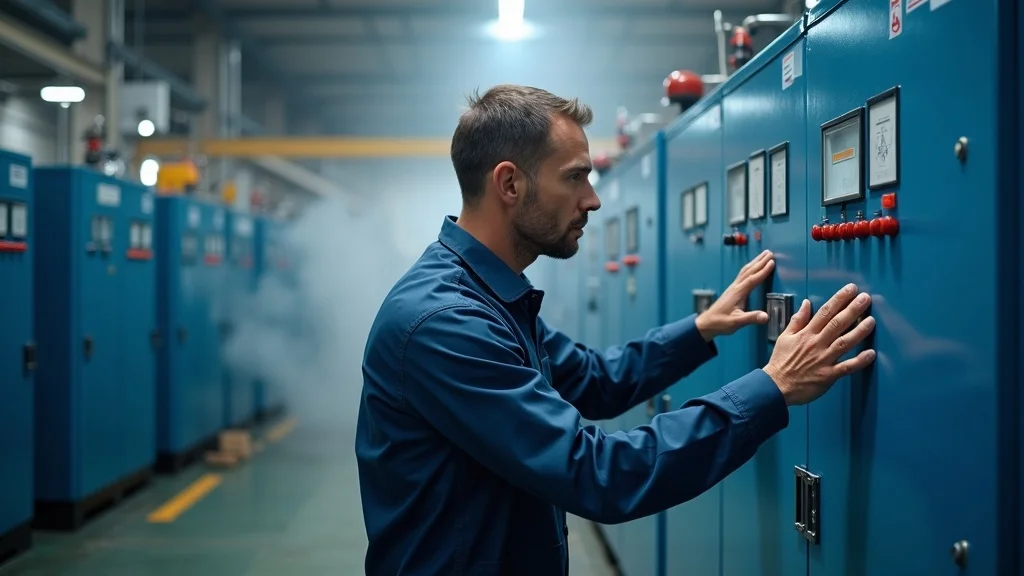
Startling Facts: Why Troubleshooting Cleaning Systems Matters in Industrial Operations
In industrial environments, the success or failure of troubleshooting cleaning systems can have a direct, measurable impact on your operational output. According to recent studies, poorly maintained cleaning machines or ineffective cleaning system troubleshooting can increase downtime by up to 25%. These setbacks lead not only to loss of revenue but also to increased labor costs and safety risks. Whether it’s a floor cleaning machine that leaves residues behind, a pool cleaning system unable to maintain water clarity, or an industrial cleaning equipment issue causing compliance failures, unresolved problems rapidly escalate into common issues that affect facility standards and safety.
Understanding why troubleshooting cleaning systems is critical goes beyond quick fixes; it’s about creating robust processes for quality assurance, regulatory compliance, and sustainability. Recurring system problems like pressure drops in a dust collector, timer board malfunctions in automated cleaners, or persistent foaming in recirculating wash tanks are among the most frequent pain points. By solving these efficiently, operations managers can keep machinery running smoothly, prevent contamination, and extend the lifespan of major investments in cleaning equipment. Mastering troubleshooting isn’t just a maintenance task—it’s an operational necessity for any modern industrial environment.
What You’ll Learn About Troubleshooting Cleaning Systems
- The essential ground rules and systematic approach for troubleshooting cleaning systems
- Common issues affecting cleaning systems and their root causes
- Technical tips and best practices for pool cleaning, floor cleaning, and industrial cleaning equipment troubleshooting
- How to apply regular maintenance and preventive strategies
Understanding the Basics: Cleaning System Types and Components
Overview of Cleaning Machine, Cleaning Equipment, and Floor Cleaning Machine
Before you can tackle troubleshooting cleaning systems, it’s vital to understand the main categories of cleaning equipment and components found across industries. Cleaning machines come in various forms: floor cleaning machines (including scrubber dryers, sweepers, and industrial scrubbers), pool cleaning robots and automated pool cleaning systems, dust collectors for air filtration, and multi-stage industrial washers. Each machine comprises core parts like control panels (with timer boards), pumps, spray nozzles, filters, and chemical dosing systems. The functional heart of any cleaning system—be it for floors, pools, or production equipment—is its integration of mechanical agitation, chemical action, and manual or automated controls.
These machines are designed for specialized maintenance tasks but often face overlapping system problems such as improper concentration, faulty sensors, or mechanical obstructions. Knowing your machine’s specifics—such as set points, vacuum hose connections, and the layout of solenoid valves—will dramatically streamline your troubleshooting process. When you categorize and track system components using manufacturer manuals or digital logs, you lay the groundwork for efficient diagnosis and repair, ultimately increasing cleaning efficiency and reducing downtime.
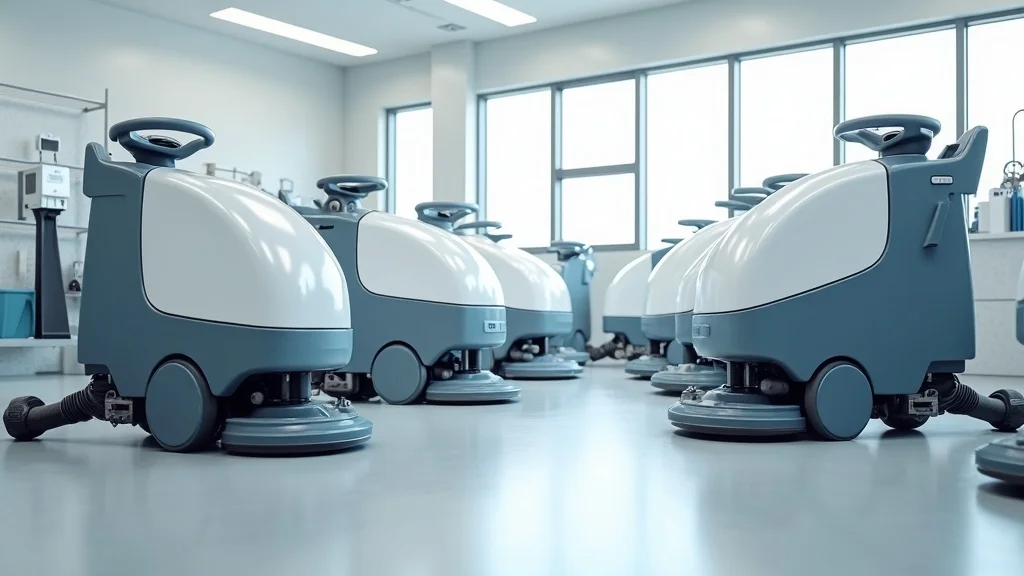
The Role of Industrial Cleaning and Pool Cleaning Systems
Industrial cleaning systems and pool cleaning systems play a crucial role in maintaining facility hygiene, ensuring product quality, and meeting regulatory standards. Pool cleaning solutions, for instance, combine robust filtration, dosing, and mobility to maintain pristine water conditions. Industrial cleaning equipment like dust collectors and automated wash systems control particulate contamination and prepare surfaces for further processing. Regardless of the setting, all cleaning systems share a reliance on synchronized action between chemical dosing, agitation, and targeted cleaning cycles.
These systems support continuous operation in demanding environments. A pool cleaning system ensures safety and comfort for users, while an industrial floor scrubber keeps manufacturing floors free of residues that could lead to product defects or workplace accidents. By understanding the interconnectedness between hardware, software, and chemistry in these cleaning machines, you build the foundation for systematic troubleshooting and sustainable maintenance.
Establishing Ground Rules for Troubleshooting Cleaning Systems
Don’t Panic: The Importance of a Calm, Methodical Approach
The first rule for anyone troubleshooting cleaning systems is simple: don’t panic. Reacting impulsively to a cleaning machine failure—whether a pressure drop in a floor scrubber or a timer board glitch in a pool cleaning system—can compound issues and lead to costlier repairs. Take time to assess the problem, noting any alarms, set point deviations, or visible damage. By resisting the urge to “just do something” immediately, you minimize the risk of introducing new variables or missing the root cause of a common issue. Effective troubleshooting requires clear, step-by-step logic, maintained even under pressure.
A methodical mindset enables maintenance teams to track what’s changed, what remains constant, and where the system has diverged from proper operation. Calm analysis of cleaning system performance indicators—like chemical concentrations, vacuum hose integrity, or solenoid valve response—reveals subtle clues. Making notes and following a routine maintenance checklist safeguards against repeating old mistakes.
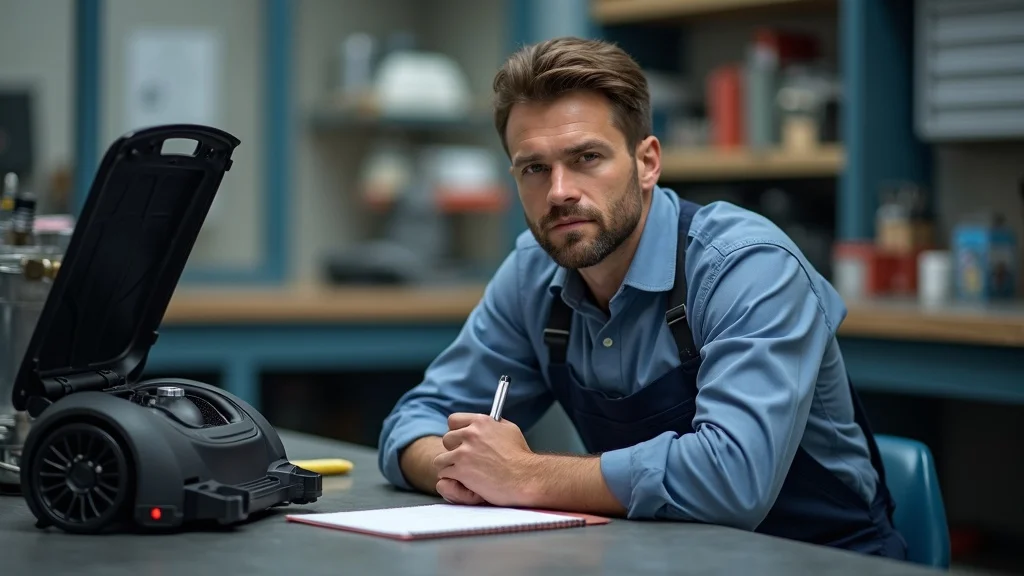
Keep an Open Mind: Identifying Multiple Potential Sources of Common Issues
It’s easy to blame familiar culprits, like a faulty part or expired cleaning chemical, when cleaning equipment stops working. Yet, the most successful troubleshooting cleaning systems approach is to keep an open mind—recognizing that common issues can originate from several sources at once. For example, a floor cleaning machine’s poor cleaning efficiency could result from misaligned spray nozzles, a set point change in the control software, or a sudden increase in the soil type being cleaned. Don’t fall into the trap of assuming you know the answer based on previous problems; even the same symptoms may have different root causes over time.
Consulting the user manual, reviewing operator feedback, and inspecting both old and new machine parameters will help unearth less obvious problems like timer board failures, chemical batch inconsistencies, or minor changes in environmental conditions. Many cleaning system problems are interconnected—affecting spray patterns, rinse quality, or the action of solenoid valves. The best fix comes from thorough investigation and avoiding tunnel vision during diagnostics.
Investigate Before You Act: Gathering Facts and Understanding Change
Before adjusting chemical concentrations, altering cycle times, or replacing parts, ask yourself: what has changed? The essence of successful troubleshooting cleaning systems lies in distinguishing symptoms from underlying causes. Talk to equipment operators, review maintenance logs, and check system settings against the last known good state. Changes in cleaning session schedules, water quality, product type, or even shifts in compressed air supply can dramatically impact machine performance. By correlating when the issue started with any recent adjustments, you’ll pinpoint whether a faulty thermostat, misadjusted set point, or introduction of a new cleaning chemical corresponds with the new problem.
Skipping this fact-gathering step leads to reactive fixes, which tend to mask deeper issues or create cycle-after-cycle inefficiency. Documentation is invaluable here—whether it’s recording chemical batch numbers, noting physical changes to the cleaning equipment, or logging software updates. Only with a full understanding of the current and historical system parameters can lasting solutions be achieved.
When troubleshooting cleaning systems, it’s also important to consider the role of proper housekeeping and sanitization protocols in preventing recurring issues. For a deeper dive into industrial housekeeping solutions and effective sanitizers that support system reliability, explore the industrial housekeeping and sanitizers resources available from Solutions Plus.
Systematic Approach: The Four Key Troubleshooting Steps—What, When, Where, Why
Adopting a systematic troubleshooting cleaning systems framework ensures no detail is overlooked. Break down each incident using these four questions:
- What is the problem? Isolate the root issue, not just visible symptoms. For example, does a floor cleaning machine leave streaks due to low water pressure, or is there a chemical dosing malfunction?
- When did the problem begin? Cross-reference with shift logs, chemical deliveries, or maintenance activity.
- Where is the fault? Identify specific system zones—such as the pump section, spray manifold, or control timer board—by following data and evidence.
- Why did this occur? Hypothesize based on evidence, then change only one variable at a time to confirm the solution.
Quote: “Reactive fixes can often complicate troubleshooting cleaning systems. Rely on a systematic process to minimize errors, as highlighted by Solutions Plus guidance.”
Most Frequent Problems in Troubleshooting Cleaning Systems
Poor Cleaning in Floor and Pool Cleaning Systems
- Improper concentration
- Improper temperature
- Poor spray pressure/agitation
- Shortened time cycle
- Soils have changed
- Tank life exceeded
- Rinse stage contamination
- Poor cleaning chemical quality
A common issue in both floor cleaning and pool cleaning systems is poor cleaning performance. This may manifest as unremoved debris after a cleaning session, slippery surfaces, or persistent cloudiness in pools. Causes span from insufficient chemical concentration (incorrectly mixed detergent) to mechanical problems like clogged spray nozzles or degraded pump impellers. A worn-out vacuum hose or dropped set point can also disrupt normal cleaning action. Regular checks and precise adjustments are crucial for maintaining target performance in all cleaning equipment.
Shortened cycle times, shifts in water temperature, or increasing soil loads are often overlooked contributors. Over time, accumulation of contaminants or expired cleaning chemicals reduce system efficacy. Addressing the “why” behind these changes allows you to improve equipment efficiency and return to proper care standards quickly.
Foaming in Pool and Industrial Cleaning Equipment
- Improper temperature / concentration
- Increased pressure or agitation
- Pump ingesting air
- Soap formation
- Soft water
Foaming, particularly in recirculating industrial cleaning equipment or pool cleaning systems, is not just an eyesore—it can signal significant underlying system problems. Foaming often arises from temperature or concentration deviations, or when pumps ingest air due to low fluid levels or broken seals. Excessive agitation, mechanical flaws, or the use of soft water can also increase foam formation. Recognizing these causes early—by monitoring pressure levels, agitation intensity, and chemical inputs—lets technicians implement targeted fixes such as adjusting chemical dosing, repairing air leaks, or adding defoaming agents. Overlooking foaming can quickly escalate into operational disruptions or machine wear.
Intentional adjustments to machine agitation or changes in chemical supplier may affect foaming tendencies, especially during a new cleaning session or when introducing different soil types. Keeping pump and vacuum hose connections secure and free of leaks is critical for efficient troubleshooting cleaning systems in these contexts.
Flash Rusting in Cleaning Systems
- Low final rinse temperature
- Improper rust inhibitor concentration
- Contaminated final rinse
Flash rusting is a unique problem for metal cleaning systems, where parts show rapid oxidation after processing. It directly affects subsequent coating or painting processes and may threaten long-term part durability. Common causes include using a rinse that’s too cool, neglecting to use or re-dose rust inhibitors, or letting cleaning chemicals contaminate the rinse stage.
Solving flash rusting hinges on raising final rinse temperatures, maintaining correct inhibitor concentrations, and preventing cross-contamination from acid or alkaline cleaning solutions. Regular flushing and overflow adjustments reduce contamination risk. Document preventive steps for the next maintenance routine to protect equipment and streamline future troubleshooting.
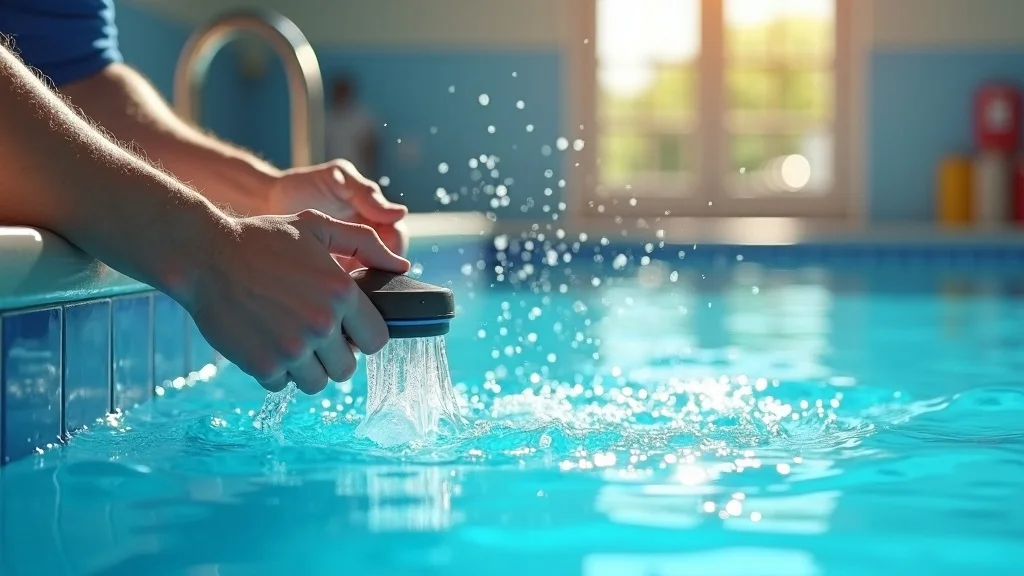
Troubleshooting Cleaning Systems: Step-by-Step Solutions for Common Issues
| Problems | Causes | Solutions |
|---|---|---|
| Poor Cleaning | Improper concentration, temp, pressure, time, soil, chemicals | Adjust concentration, temp, equipment, use better chemicals |
| Foaming | Temp, concentration, pressure, pump, soft water | Repair, adjust, use additives |
| Flash Rusting | Low temp, bad inhibitor, contamination | Raise temperature, adjust chemistry, rinse properly |
Systematic troubleshooting begins by mapping common issues to their likely causes and targeted remedies. For instance, a floor cleaning machine that isn’t removing soils may simply need an increase in detergent concentration, whereas persistent foaming in a pool cleaning system may require attention to water quality or pump seals. Maintaining updated troubleshooting guides, as well as referencing manufacturer tables for each cleaning machine, can dramatically improve your response times and solutions quality.
Careful documentation of each fix—whether it’s a repair on a solenoid valve, an adjustment to the timer board, or a switch to a higher-grade cleaning chemical—helps your team accelerate future diagnostics and avoid repeated system problems. For industrial cleaning equipment, maintaining a troubleshooting log also promotes compliance and reduces unplanned downtime.
Regular Maintenance and Preventive Strategies for Cleaning Machines and Equipment
Key Maintenance Steps for Floor Cleaning Machine and Industrial Cleaning Equipment
- Inspect and clean spray nozzles regularly
- Check chemical concentrations and temperature settings daily
- Replace worn filters and faulty pump parts
- Document all changes and solutions for future reference
Routine preventative maintenance is essential to prevent common issues and extend the life span of both floor cleaning machines and industrial cleaning equipment. Start every maintenance routine by inspecting and cleaning all spray nozzles—these tiny components, if blocked, can instantly reduce cleaning efficiency or cause erratic spray patterns. Next, confirm set point accuracy for temperature and chemical concentration, as even slight variations can cause incomplete cleaning or unwanted foaming. Replace filters, vacuum hoses, and pump parts on a schedule. Securely fasten all connections and test system parameters regularly.
Every change you make—big or small—should be logged for future reference. Documentation allows teams to spot emerging performance patterns, anticipate part replacements, and fast track troubleshooting cleaning systems if issues reappear.
“A proactive approach to maintenance is the most effective way to prevent common issues in troubleshooting cleaning systems.”

Troubleshooting Floor Cleaning and Pool Cleaning Systems: Practical Case Studies
When Pool Cleaning System Performance Drops: Real-Life Examples
Consider a facility where a pool cleaning system suddenly leaves persistent cloudiness in the water after each cleaning session. Review of system logs shows a recent temperature drop and a missed chemical reorder, leading to improper dosing. After rebalancing concentration and replacing the heater’s faulty set point, the system swiftly returns to optimal clarity. Detailed records also revealed increased carry-over, so rinsing cycles were extended. This combination of root cause analysis and controlled parameter adjustments highlights the essential role troubleshooting cleaning systems plays in restoring proper operation.
Other cases involve worn vacuum hoses causing suction loss, timer board software glitches leading to cycle timing errors, or new pool chemicals that react differently with source water minerals. For each, applying the earlier systematic approach—What, When, Where, Why—guides the diagnosis, saving countless hours and preventing repeat failures.
Diagnosing Problems in Dust Collector and Industrial Cleaning Equipment
In industrial manufacturing, dust collector systems can display pressure drop alarms or fail to clear airborne dust after a filter change. On investigation, blocked or poorly installed filter bags, faulty solenoid valves, or compressed air leaks are identified as core contributors. In another scenario, an industrial scrubber leaves behind streaks due to a disconnected spray nozzle and lowered set point. Detailed troubleshooting—aligned with troubleshooting cleaning systems best practices—allows maintenance teams to resolve issues methodically, rather than relying on guesswork or repeated part swaps.
Each case study points to a common theme: documenting every repair and parameter change, involving operators in root cause identification, and rechecking all relevant cleaning system variables. When these habits become part of your maintenance culture, you’ll see measurable drops in downtime and faster resolution of both minor and major system problems.
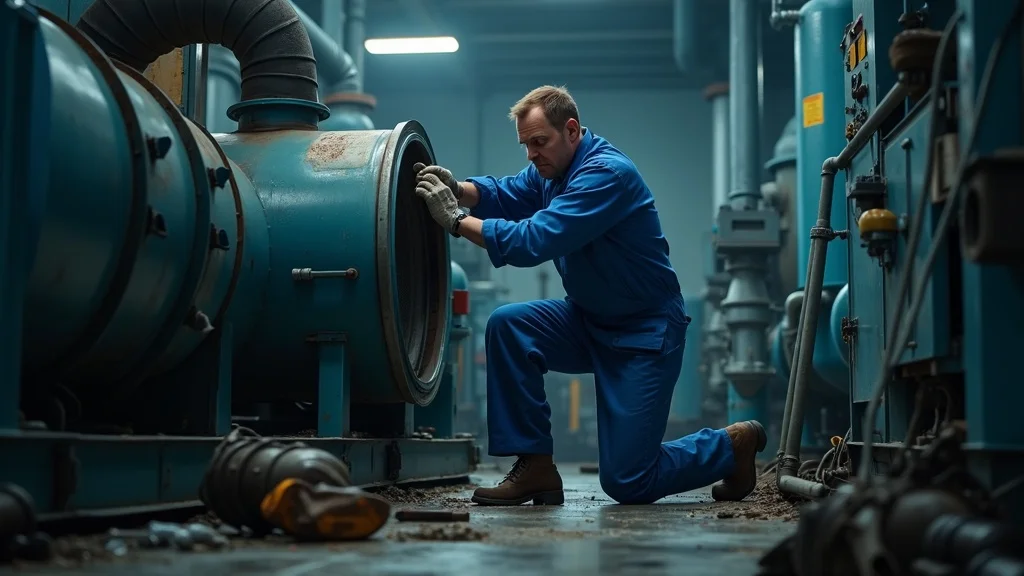
People Also Ask: Troubleshooting Cleaning Systems FAQs
What are the 7 general rules of cleaning equipment?
- Read the user manual
- Inspect equipment before use
- Use correct chemicals and tools
- Monitor performance indicators
- Clean and maintain regularly
- Document all issues and repairs
- Replace parts and upgrades as scheduled
How do you troubleshoot system issues?
- Identify the problem (not just the symptom)
- Check when the issue began and what changed
- Isolate the source by methodically adjusting variables
- Document findings and solutions for ongoing reference
What are the 7 steps in the cleaning process?
- Pre-clean
- Main clean
- Rinse
- Disinfect
- Final rinse
- Dry
- Inspect
What should you do if cleaning equipment is not working properly?
- Stop using the equipment
- Check for obvious mechanical faults
- Consult troubleshooting cleaning systems guidelines
- Contact a qualified technician or supplier
Key Takeaways from Troubleshooting Cleaning Systems
- Remain systematic and calm during troubleshooting
- Identify root causes before implementing changes
- Routine maintenance helps avoid most common issues
- Documentation and supplier collaboration are crucial
FAQs on Troubleshooting Cleaning Systems
What is the most important first step in diagnosing a cleaning equipment problem?
Always begin by clearly identifying the specific problem, rather than just noting symptoms. For instance, if a pool cleaning system is leaving debris, check chemical levels, inspect spray nozzles, and review system logs before making changes.
How often should industrial cleaning machines be inspected?
Most experts recommend performing routine checks daily for critical settings like chemical concentration, temperature, and equipment function, with deeper maintenance and performance reviews weekly or monthly, depending on system complexity and usage.
What cleaning system problems are unique to floor cleaning machines?
Common unique problems include worn-out brushes, uneven water application, blocked spray nozzles, timer board malfunctions, and issues with battery charging or vacuum hoses. Addressing these requires following both manufacturer and site-specific troubleshooting cleaning systems procedures.
Can water quality affect troubleshooting cleaning systems?
Absolutely. Hard or soft water can alter chemical reactions, cause excessive foaming, or leave mineral residues. Include water quality tests as a core part of troubleshooting routines for all industrial cleaning equipment and pool cleaning systems.

Final Thoughts: Ensure Your Cleaning Systems Run Smoothly
Get Expert Troubleshooting for Cleaning Products Today
- Call Lisa at (262) 891-2314 or visit https://industrialandlocomotivecleaningsolutions.com to tell Lisa What You Want and Get Her Expert Recommendations
Proactive, systematic troubleshooting and preventive maintenance are your best tools for keeping cleaning equipment reliable and productive—making your operations cleaner, safer, and more efficient.
If you’re ready to take your facility’s cleaning performance to the next level, consider exploring the broader strategies and expertise that drive industrial cleaning success. Learning more about the Solutions Plus team and their approach can provide valuable context for optimizing your entire operation—not just your equipment. Discover their story, values, and commitment to innovation by visiting the About Solutions Plus page. Gaining insight into their experience can help you unlock advanced solutions and foster a culture of continuous improvement in your cleaning processes.
